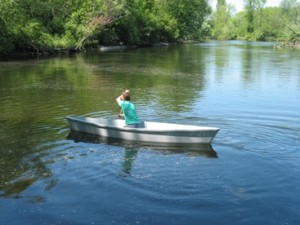
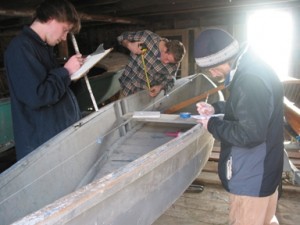
In collaboration with Vergennes boat builder Douglas Brooks, Special Collections is offering a new short-term exhibit The Two Pointers of Dead Creek : A Tradition of Trapping and Boat Building in Addison County. Assistant Curator Danielle Rougeau is working with Douglas Brooks on mounting the exhibit on the Lower Level of the Davis Family Library. The exhibit officially opens on Wednesday, September 1, 2010, and will be on view through Friday, October 1.
During the 2009-2010 academic year, Brooks and three Middlebury College students, Renee Igo ’11, Christian Woodard ’11 and Ben Meader ‘10.5, interviewed trappers and their descendants in an effort to document the culture of muskrat trapping in Addison County, with an emphasis on the “two pointers”, the double-ended boats that trappers built.
After a training program with the Vermont Folklife Center, the researchers began recording interviews and examining historic boats. Over twenty historic trapping boats were identified in the region. Eventually several boats were carefully measured and one was chosen for replication. The students displayed an historic boat at the 2010 Middlebury College Student Research Symposium.
In the 2010 spring semester, Igo, Woodard, and Meader, guided by Brooks, built this trapping boat in studio space at Middlebury’s Old Stone Mill. The boat was launched on Commencement day, May 27, 2010.
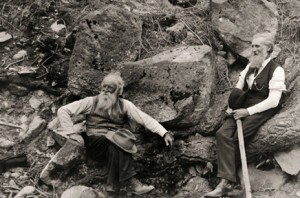


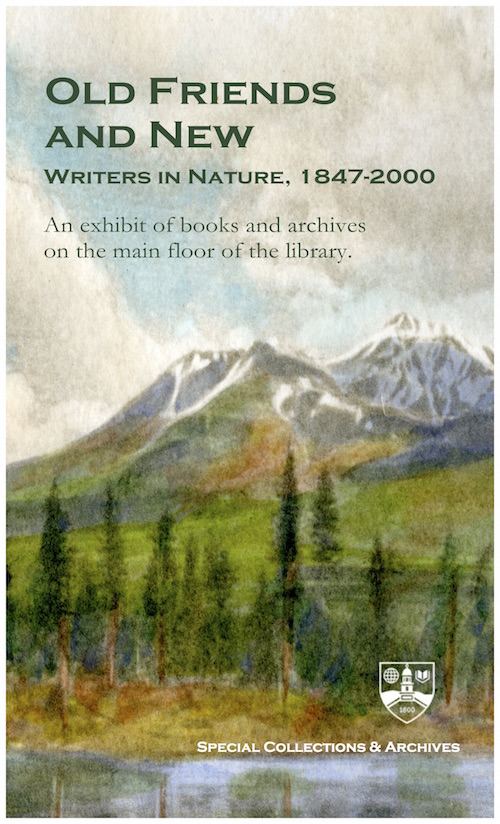





 as valedictorian of the Class of 1899. As Valedictorian, she delivered a Commencement address
as valedictorian of the Class of 1899. As Valedictorian, she delivered a Commencement address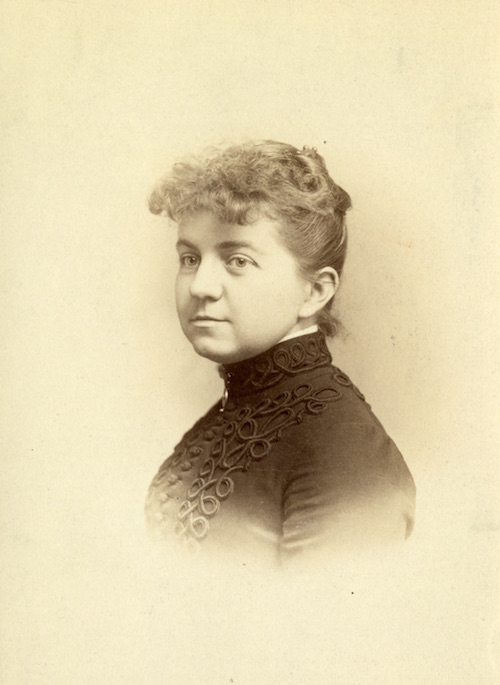









You must be logged in to post a comment.